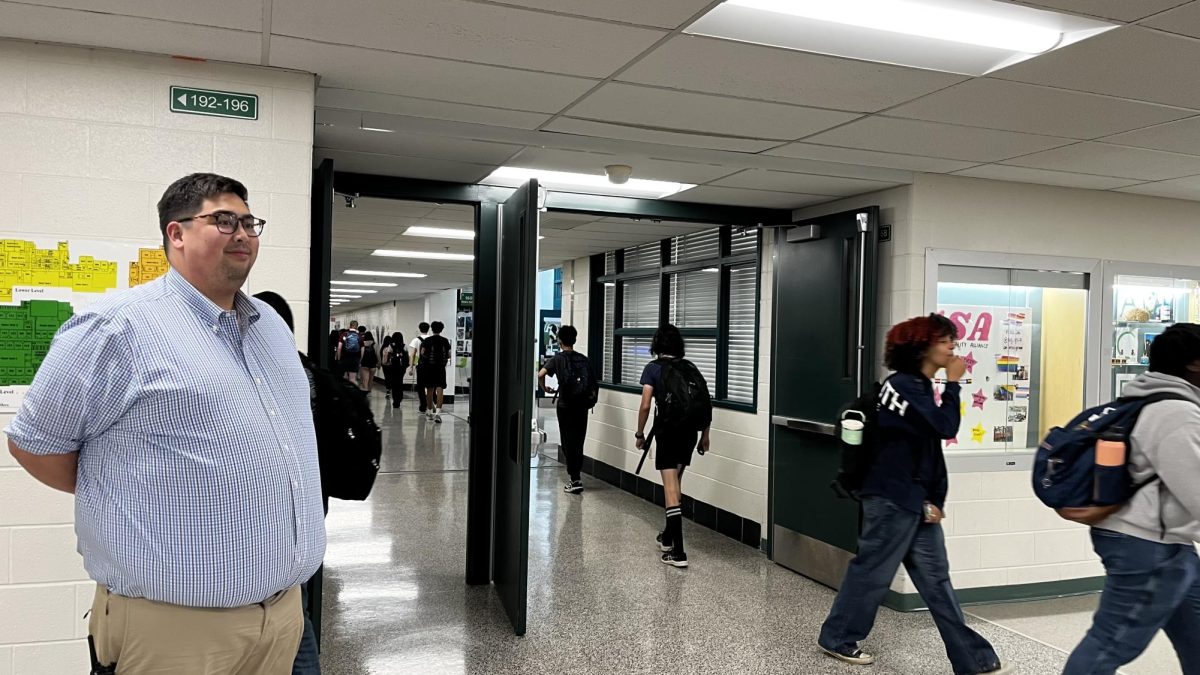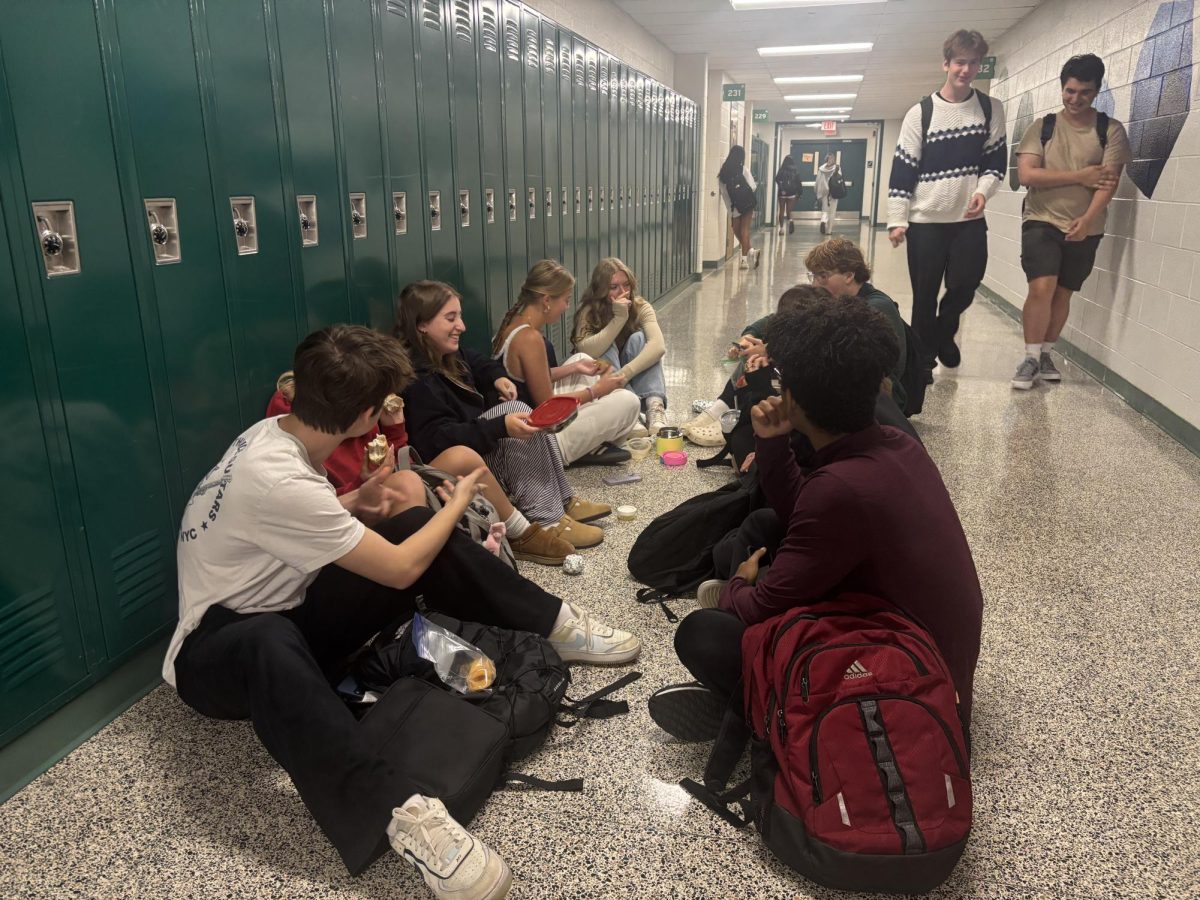An enduring part of the college application process is rejection. Each year, millions of students are rejected or deferred from universities that they apply to. In the area surrounding WJ, this outcome of college applications is amplified.
While the National Association for College Admission Counseling (NACAC) reports that 78 percent of first-year applicants to public and 70 percent to private colleges and universities are accepted, many students in the area chose to apply to the same 40 or 50 universities. As a result, these popular universities end up accepting a much smaller proportion of their applicants than they reject or defer. This fuels the competition to new levels each year, to the point where facing rejection and/or deferral seems like an inevitable struggle for WJ students.
It seems as though most applicants understand that just because they deserve to be accepted by the college that fits them the best, it does not mean that they will actually be accepted. Applicants just from Montgomery County put up enough competition to make it extremely difficult.
“I can’t say I was super surprised to be rejected from UNC, but seeing as how it was my first rejection, it kind of shifted my perspective because I was like, ‘Oh wait, it’s not all gonna go well,’” senior Henry Healy said. “It definitely made me recalculate my expectations for the whole process.”
Other students find more meaning in rejection from a college, seeing it as more than just a turning point in their application process.
“Getting rejected is an important part of the college admissions process, and even life,” senior Amit Sabba said. “It snaps you into reality in a way that can have an important impact on your maturity.”
No matter how different applicants cope with bad news from their favorite colleges, students agree the feeling of rejection still stings.
Another wrinkle in the already complex application process is deferral of an application. This means that an application for the Early Action or Early Decision phase was not accepted, but instead of rejecting the applicant, the admissions office of the university choses to take another look at the application along with the rest of the Regular Decision applications they receive. While not a rejection, a deferral is still disappointing to students applying to colleges.
“It made me reconsider my other college options and take them more seriously,” senior Gabby Rappaport said. “I realized that I could be happy at other schools too if I don’t get accepted to my first choice.”
A major downside to being deferred is the element of suspense. For rejected students, it can be frustrating, but easier to find closure in the process. If an applicant is deferred, they then have to wait months more before receiving their final decision.
“In my eyes, being deferred is worse than being rejected. I just want it out of the way. Now the stress and weight carries on and it’s not fun,” Sabba said.
The common misconception that smart students will be able to get into the colleges they want to go to is being debunked at a faster rate than ever. Especially in the past few years, WJ students have experienced much more rejection and deferral from the University of Maryland than expected. This has shocked the WJ community as many had always thought that a public university, though it may be the superior one in the state, should not be so difficult to attend.
“I think it’s crazy how competitive UMD has gotten. People who had higher level stats and submitted their test scores didn’t even get in, which is super discouraging,” senior Mia Milicevic said.
It is difficult to pinpoint which things or strategies help applicants the most in being recognized and favored by their admissions officers. Still, there are some things that helped former applicants through the admissions process.
“I would recommend working mostly during the summer and early fall. Sending in all applications regardless of early decision or regular decision in early October saved me so much stress,” Rappaport said.









